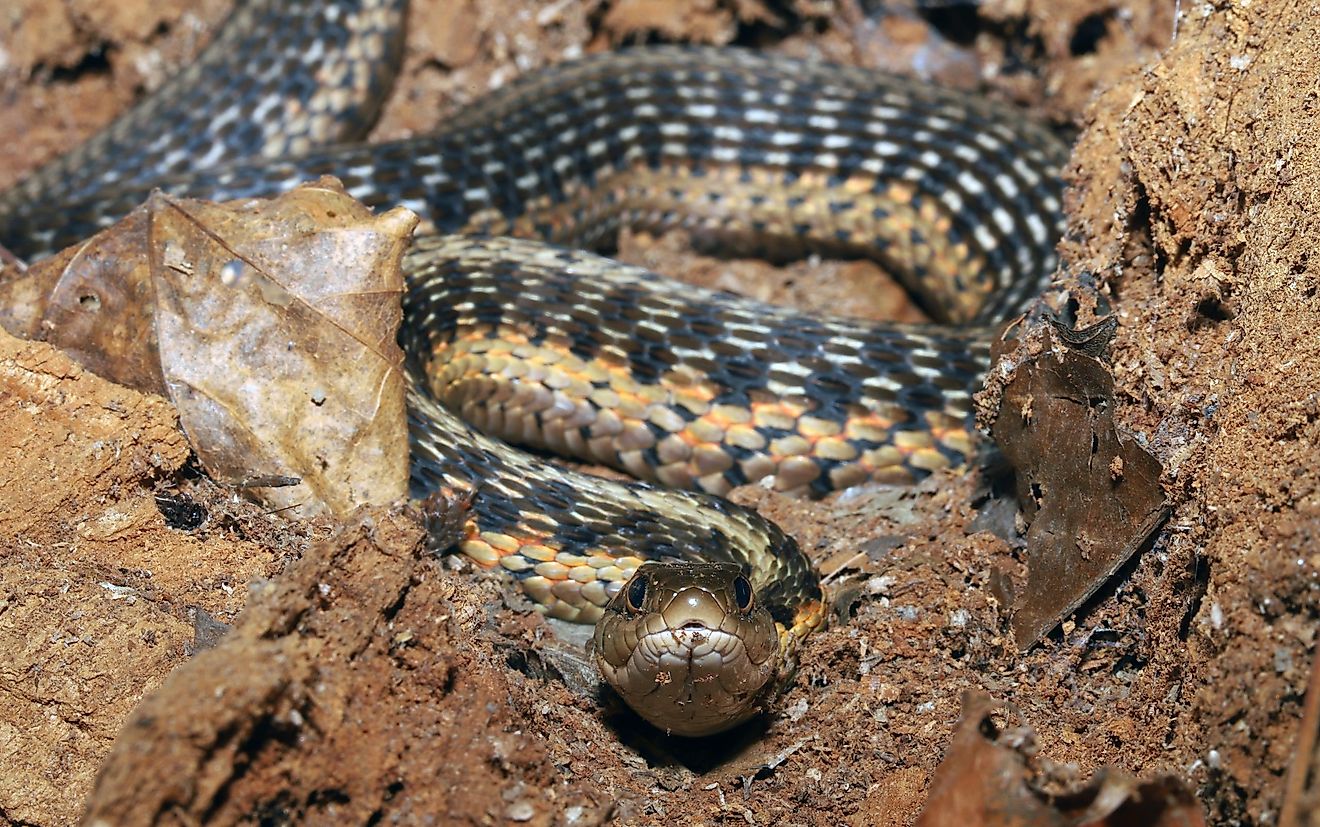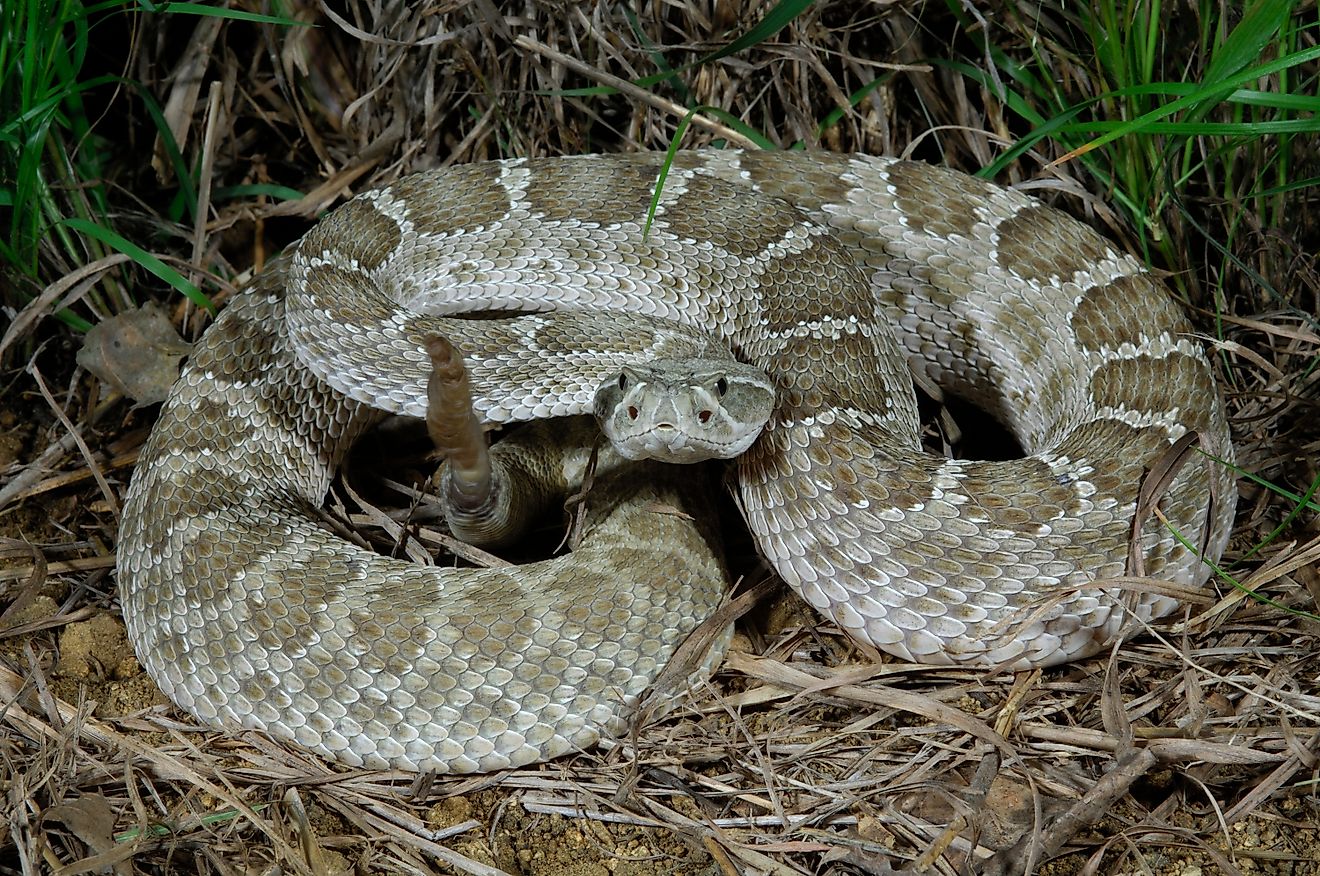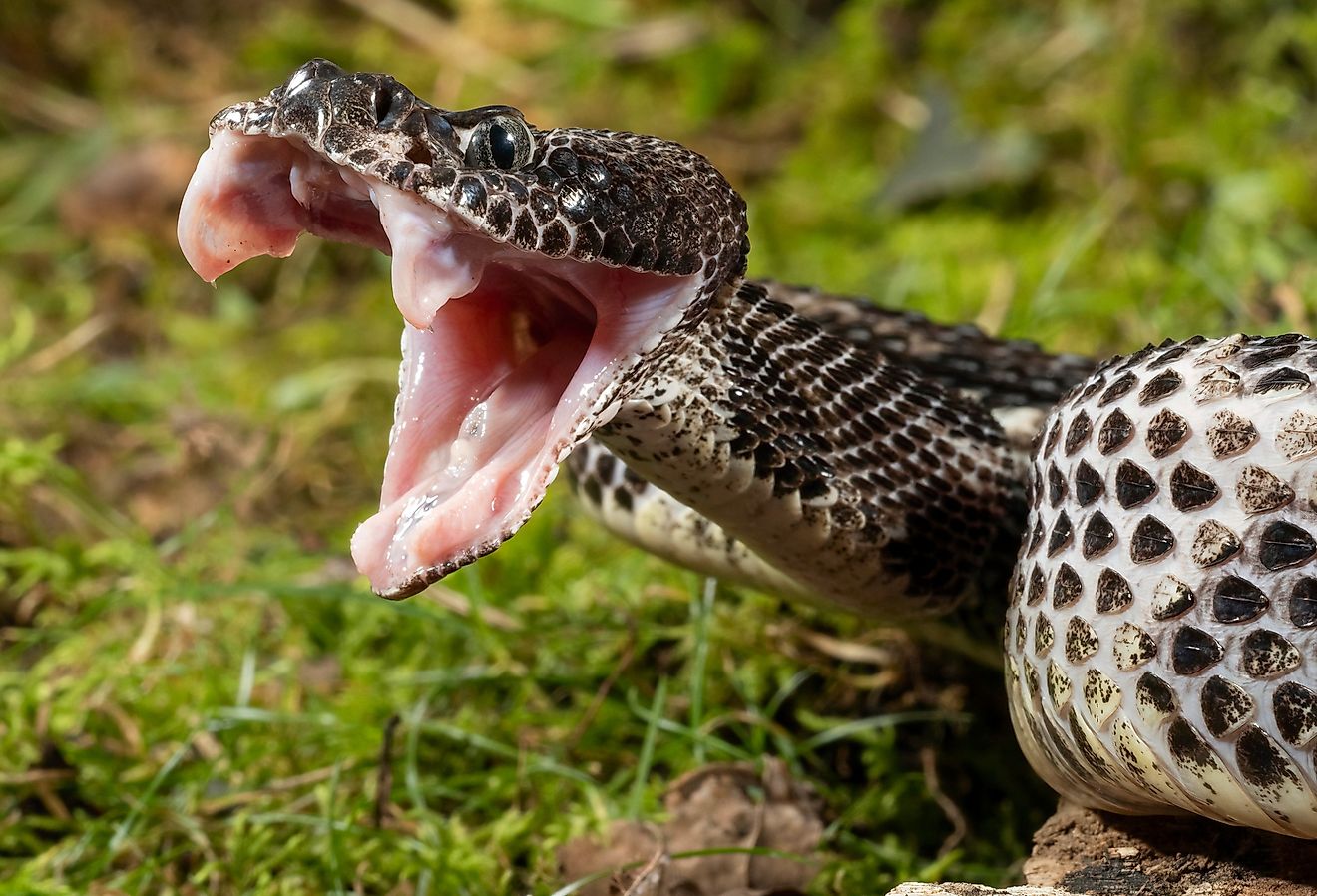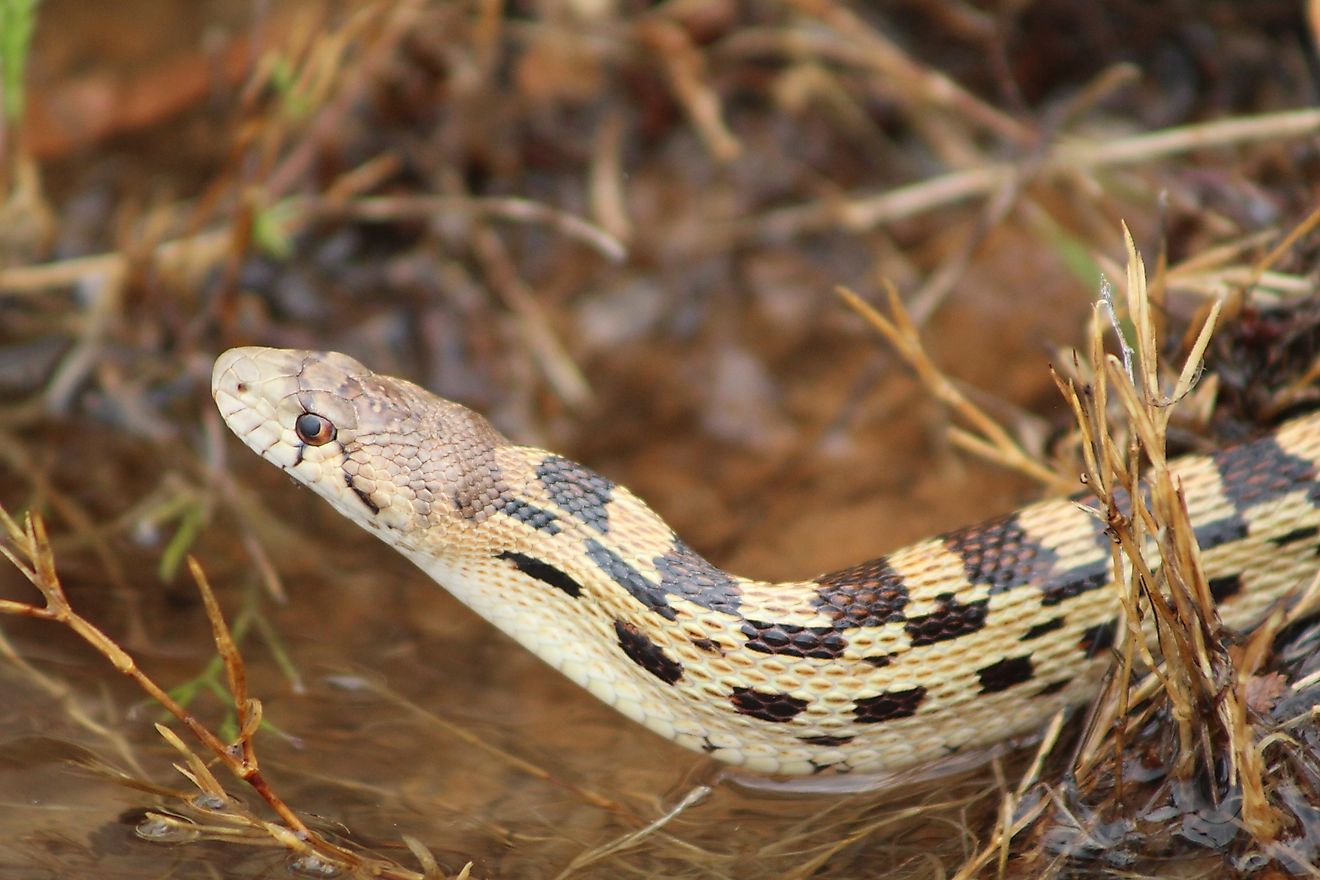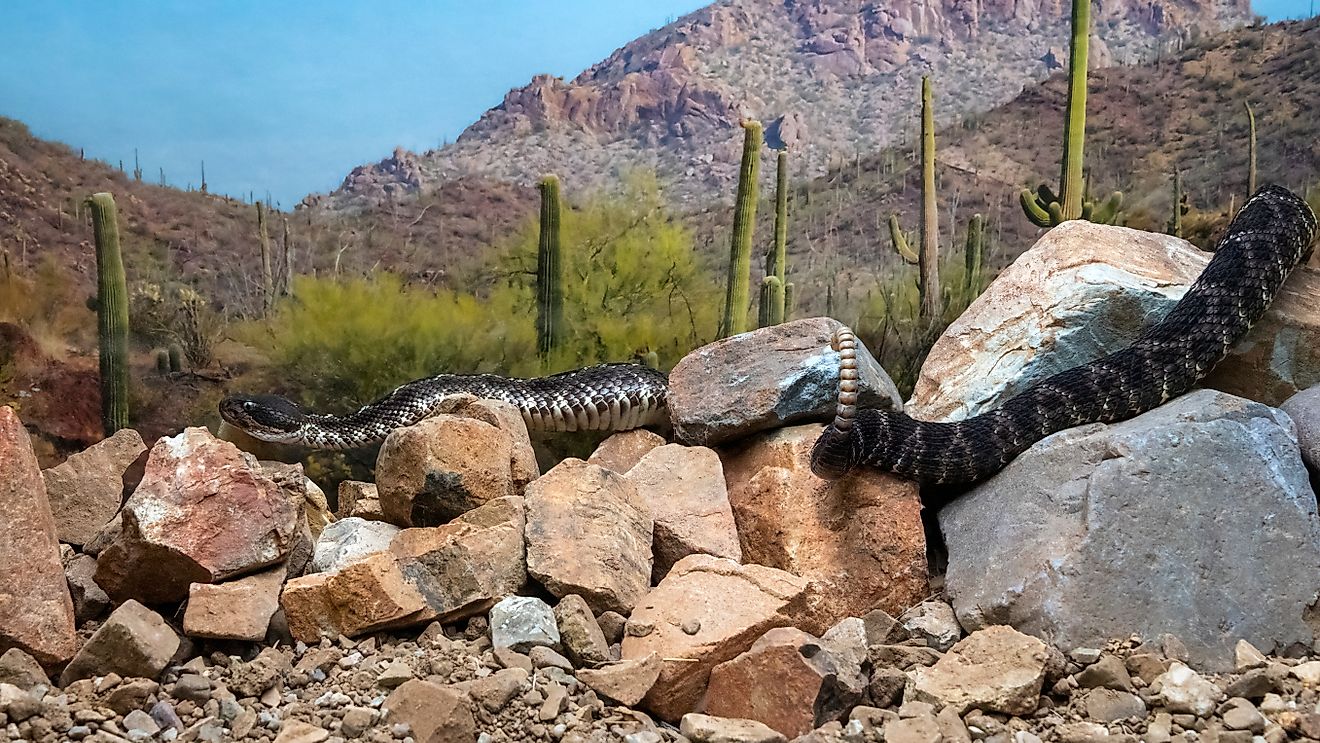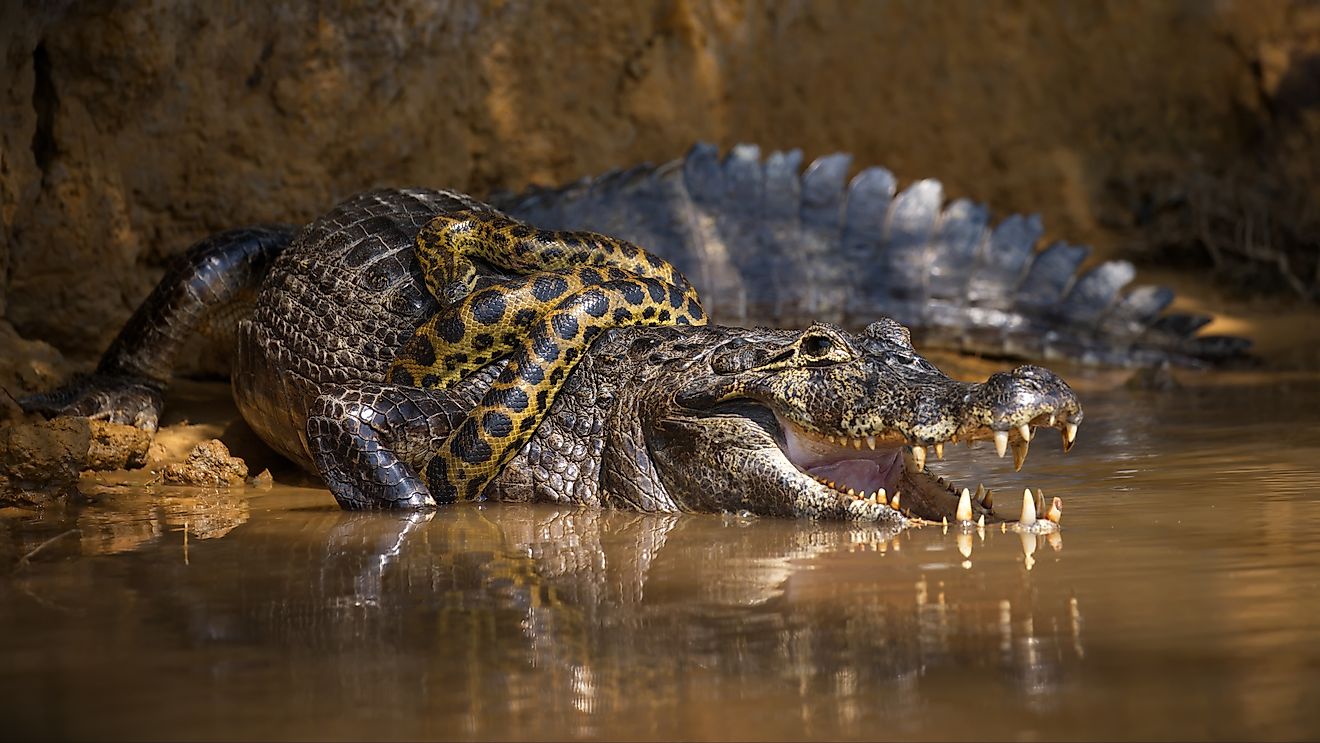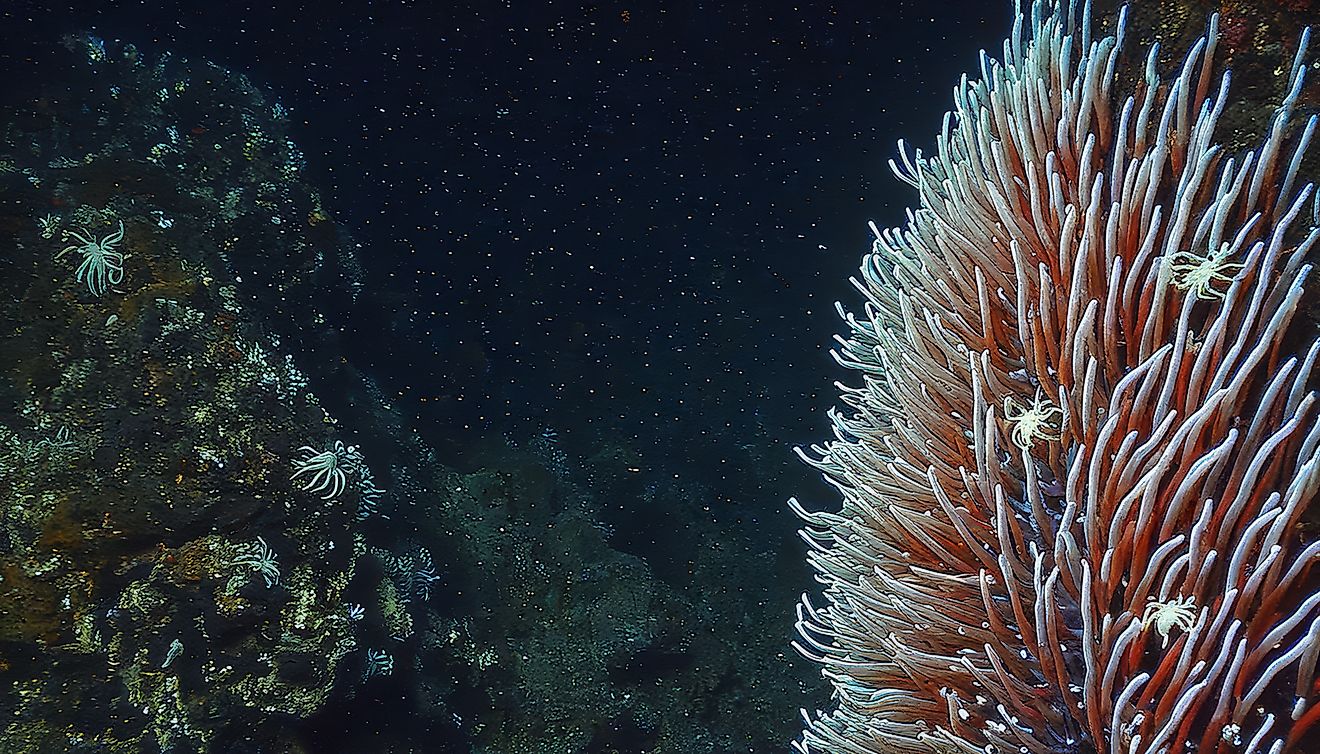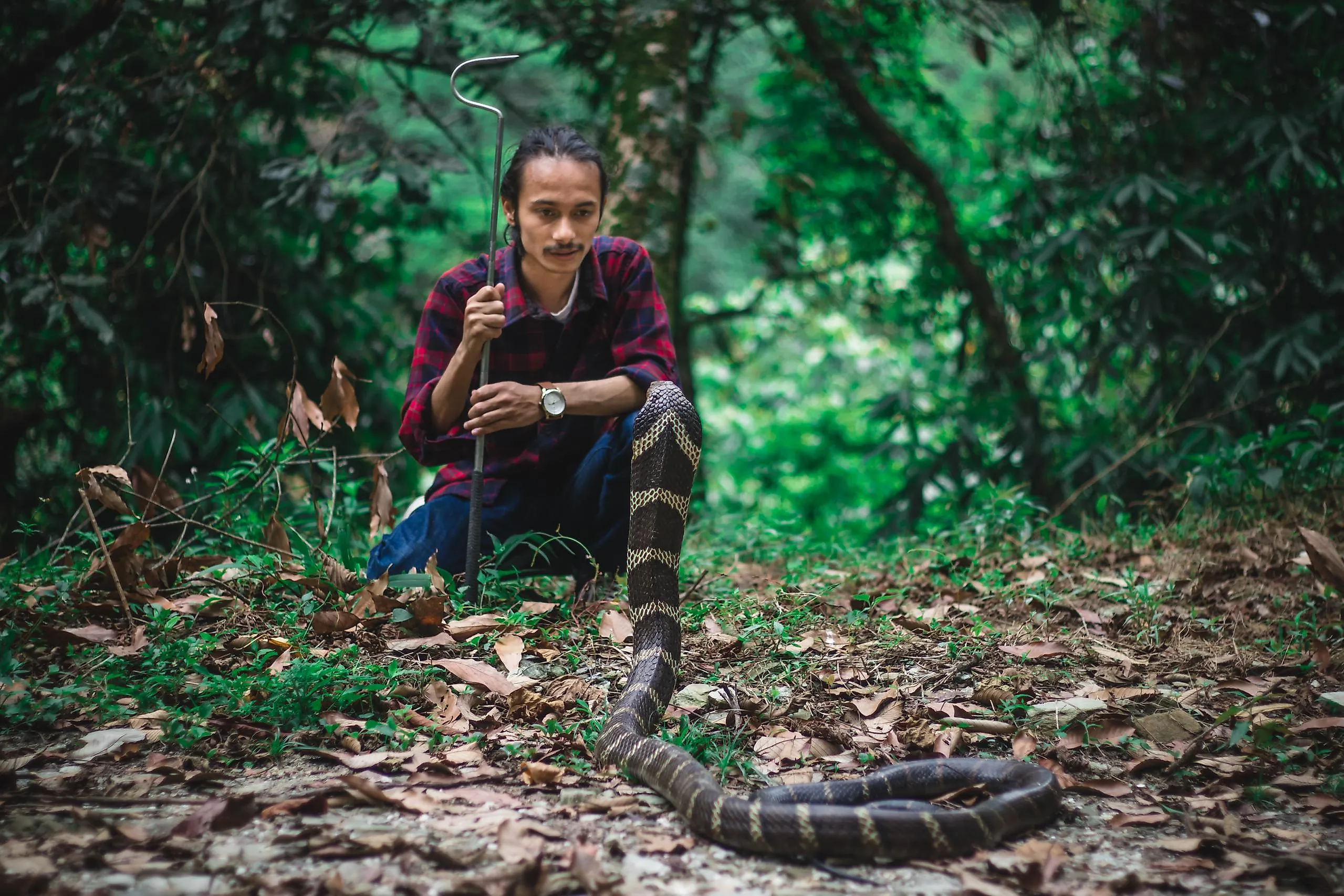
The Nepali Man On A Dangerous Mission To Save Venomous Snakes
Most people associate snakes with danger. They view snakes as venom-spewing creatures that can put an adult human on the death bed in a matter of minutes. Children grow up learning to fear and abhor snakes. Many also consider eliminating snakes as the best approach to stay safe. However, one young man from Pokhara, Nepal, is on a mission to change people's perception of snakes. For him, snakes are friends who must be loved and protected. Traveling across his country, Rohit Giri is educating people to stop killing snakes and saving the lives of both snakes and people with his rescue missions.
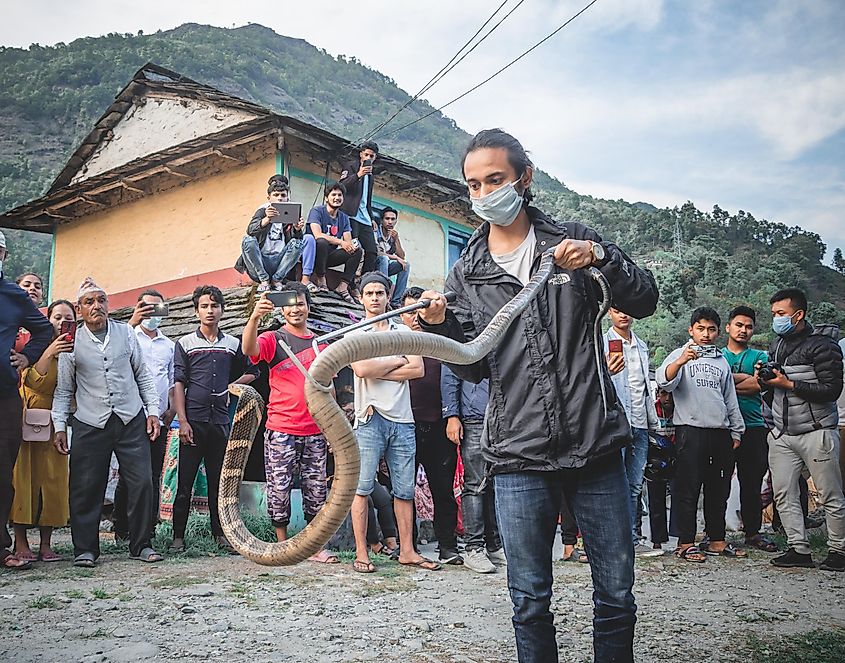
"Snakes enchanted me since my early childhood days when I would observe them for hours slithering around in fields and bushes near my home," said Giri, who rescued his first snake at the age of 12.
"It was in my neighbor's garden and was causing much fear among everyone. So, I simply picked it up with a stick and released it into the bushes outside the home," recounted Giri.
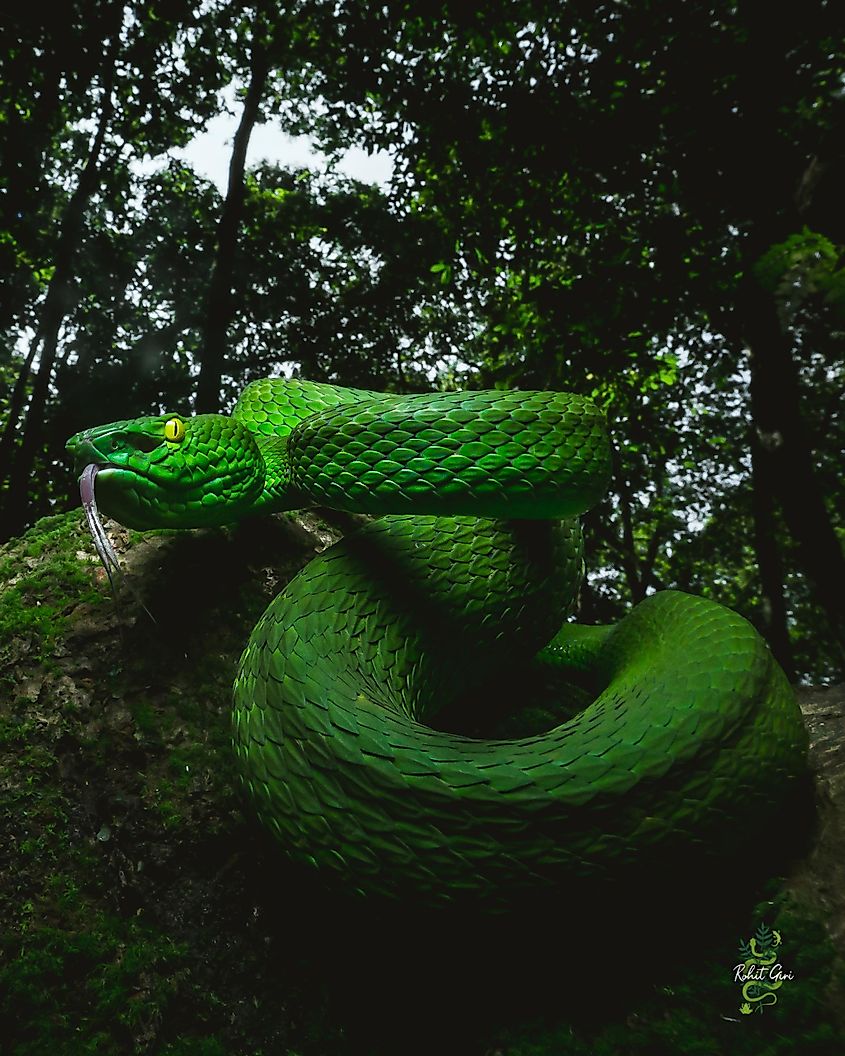
Only after the rescue did he realize that the snake was none other than a venomous green pit viper. But by then, the deed was done. The snake's beauty and grace had enamored Giri, who now became even more determined to protect these reptilians from the wrath of humans.
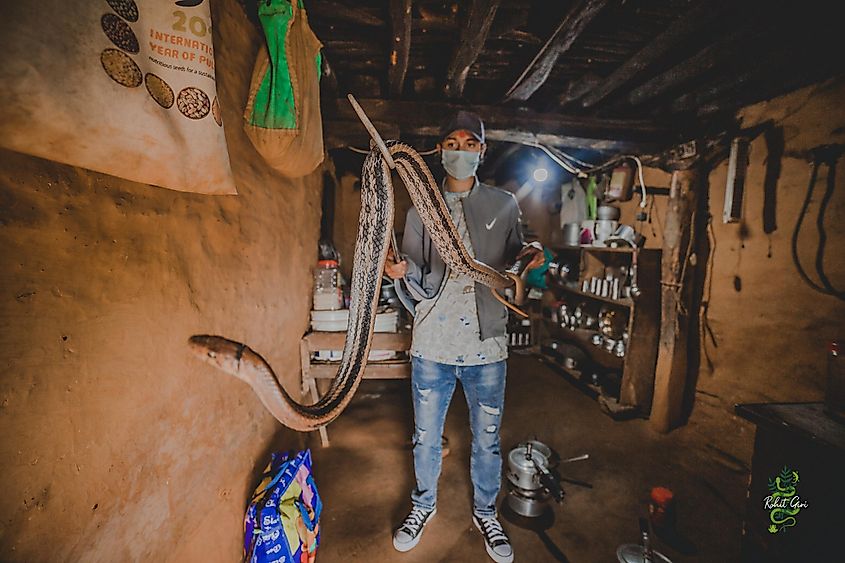
Today, over a decade later, Giri attends more than 50 rescue calls a month and has helped save over 700 snakes. His damsels in distress include all kinds of snake species, from the non-venomous rat snake to the king of all snakes, the mighty and highly venomous king cobra!
"In 2017, I rescued a king cobra for the first time, and what an exhilarating experience it was!" sighed Giri as he described his life's most thrilling rescue till date.
It was mid-winter when Giri received a call to rescue a snake from a village. Upon seeing the photos captured on mobile, Giri identified it as a king cobra. He knew he did not have equipment efficient enough to secure the world's longest venomous snake, one whose venom can kill nearly 20 people or an elephant with a single bite. Yet, he went to the village with his brother just to catch a glimpse of the snake he grew up admiring.
Upon visiting the site, however, he was shocked. The villagers were pelting stones at the snake found only about 10 m away from a home. Even though unprepared, Giri couldn't tolerate the sight of the majestic being suffering a gruesome death. Using a stick and five jute bags stacked on each other to prevent the king from biting through, Giri set out on this almost impossible mission. Yet, with the help of his brother, he managed to secure the snake. Sadly, the stones had already injured the king, and it had to be sent to a rescue center for treatment, where it ultimately failed to survive.
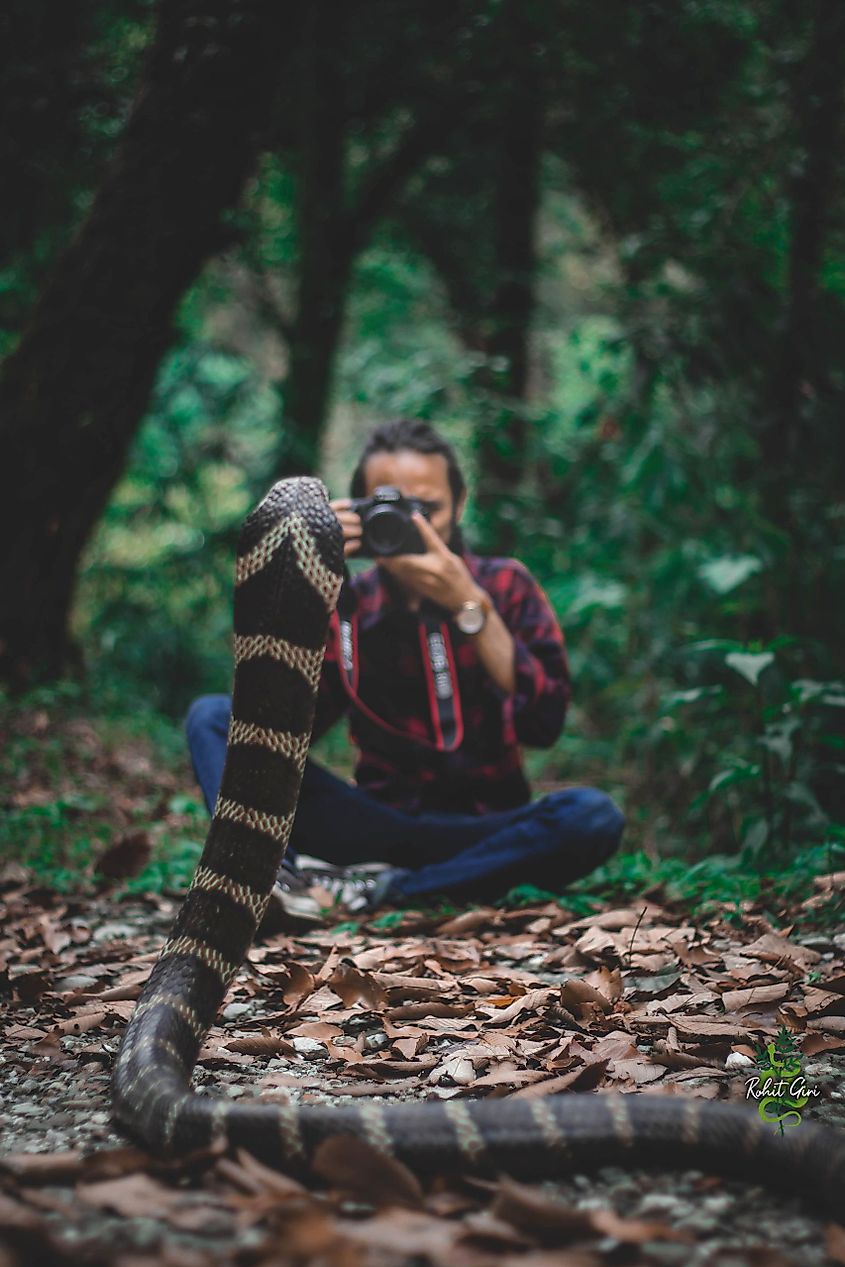
This unfortunate incident further strengthened Giri's resolution to heal human-snake relations through awareness creation. He started using social media tools rigorously to spread the right kind of message and soon garnered thousands of followers. He also adopted photography as a medium to further the cause of snake conservation. He is also collaborating with snake researchers to help them document the various species found in Nepal and has co-authored several scientific publications on these reptilians. His rescue missions are also now a platform for him to spread awareness.
"Snake rescues attract huge crowds. Curiosity often accompanies fear. And men, women, and children come out of their homes to watch me handle snakes, allowing me to clear misconceptions associated with snakes," said Giri.
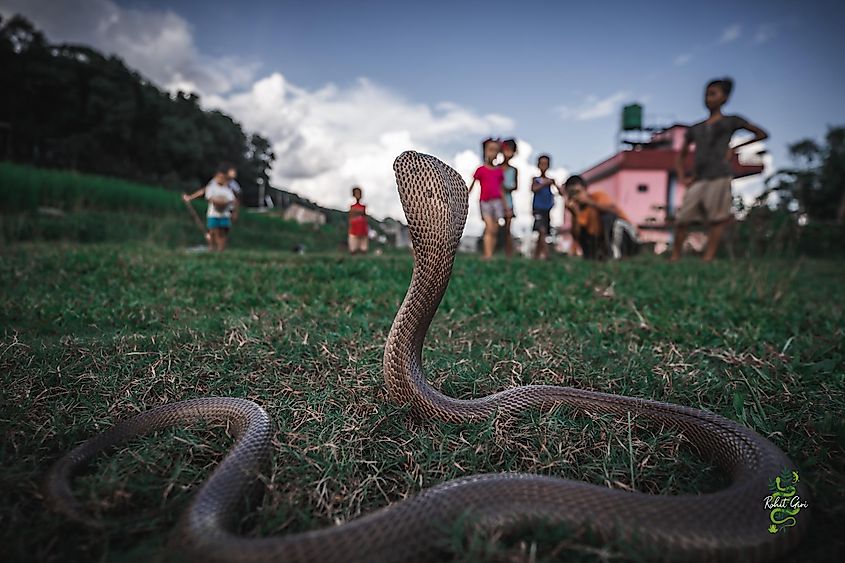
According to him, the best way to stay safe from snakes is to maintain a respectful distance from these animals and not panic when encountering a snake. People should not try to handle or kill the snake and instead call the nearest snake rescuer or wildlife center for help. When bit by a snake, one must seek immediate medical attention at the nearest hospital and never go to traditional healers.
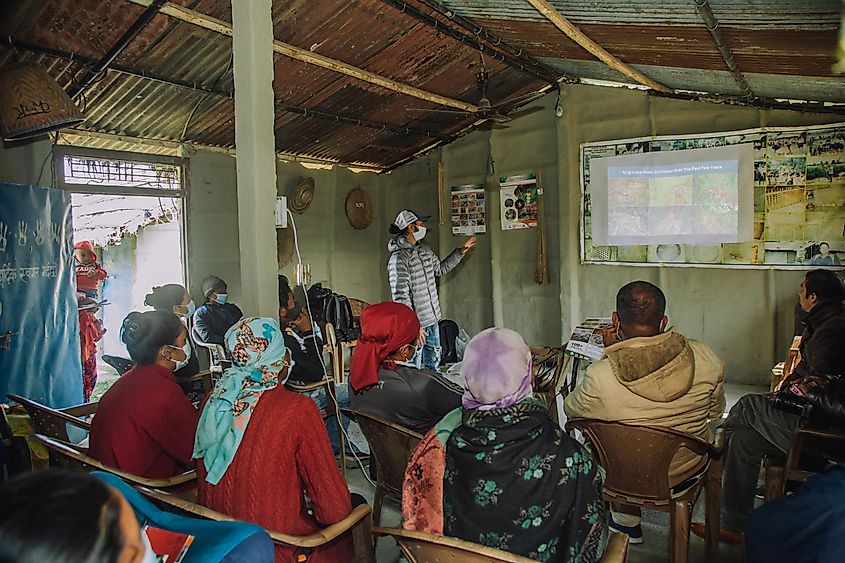
Giri also believes that snakes are generally non-aggressive and unlikely to waste their precious venom on humans except for self-defense. In his hundreds of rescues, only once did he get close to being injured by a snake.
"I had just entered a dark kitchen of a home to rescue a snake that was yet to be identified. As soon as the lights were turned on, I discovered the snake coiled up in the kitchen sink. It was a baby monocled cobra. As I attempted to pick the snake up with the hook, it spat out venom," Giri described one of his most daring rescues.
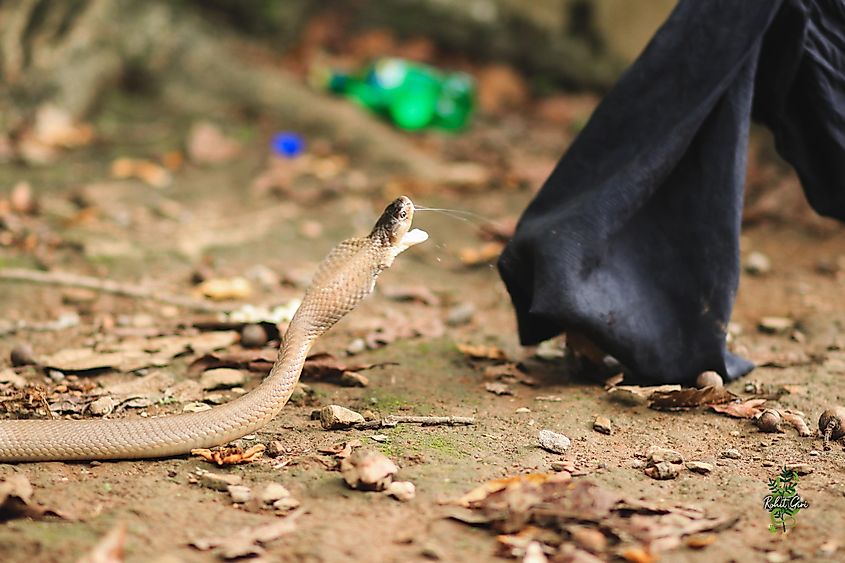
Giri was lucky that day. Monocled cobras are among the spitting cobra group featuring snakes that do not just bite but also spray venom (called toxungen in this case) on the threat. Such sprays in the eye can also lead to permanent blindness. Giri escaped with only a minor injury to the eye and had to be admitted to the hospital for a day. In all this chaos, he also managed to photograph the cobra spitting venom during release. It led to a scientific publication as it was one of the rarest such records and also the first spitting behavior of a monocled cobra recorded in Nepal.
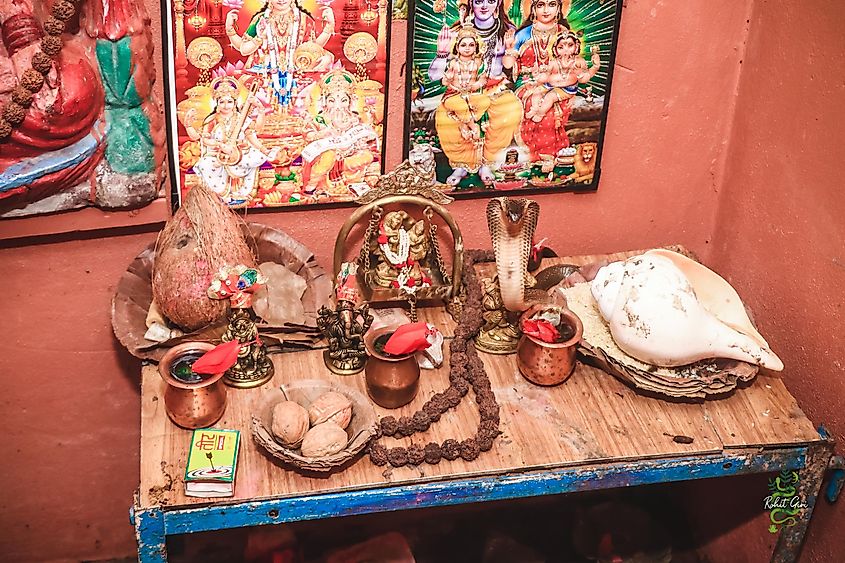
Despite all the challenges, Giri strives to save the snakes he so loves. He believes that while megafauna like tigers, elephants, and rhinos grab all the attention from the conservation community, snakes are largely ignored. Little data exists about snake populations and natural history, and their habitats are as threatened as that of other wild animals. Snakebites also cause an estimated 81,000 to 138,000 worldwide annually, making it even more essential to raise awareness among the public regarding snakebites and ways to avoid the same.
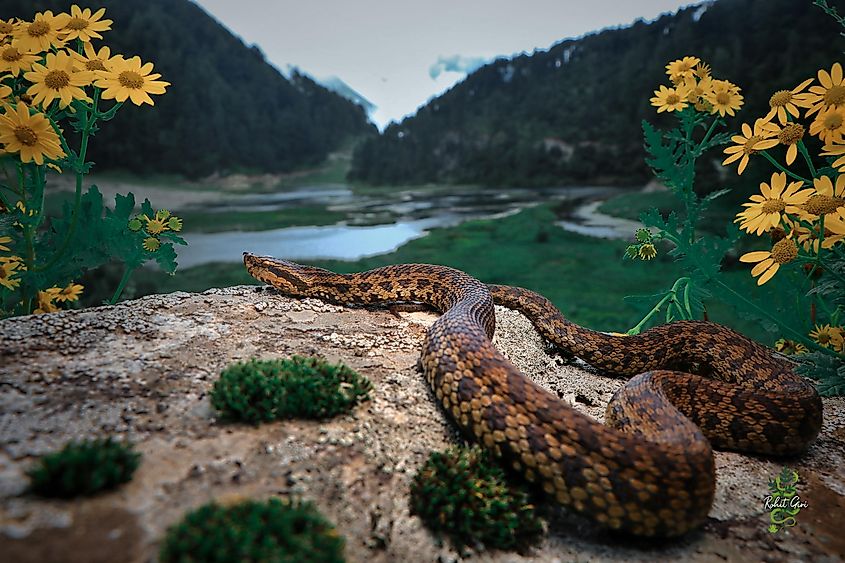
Today, we are living in a world where human-wildlife encounters are becoming more frequent and lethal in nature due to human encroachment on wildlife habitats. It is bravehearts like Rohit Giri who are risking their own lives to mitigate such negative interactions to foster a harmonious relationship between humans and wild animals. Hope they succeed in their "dangerous missions."



